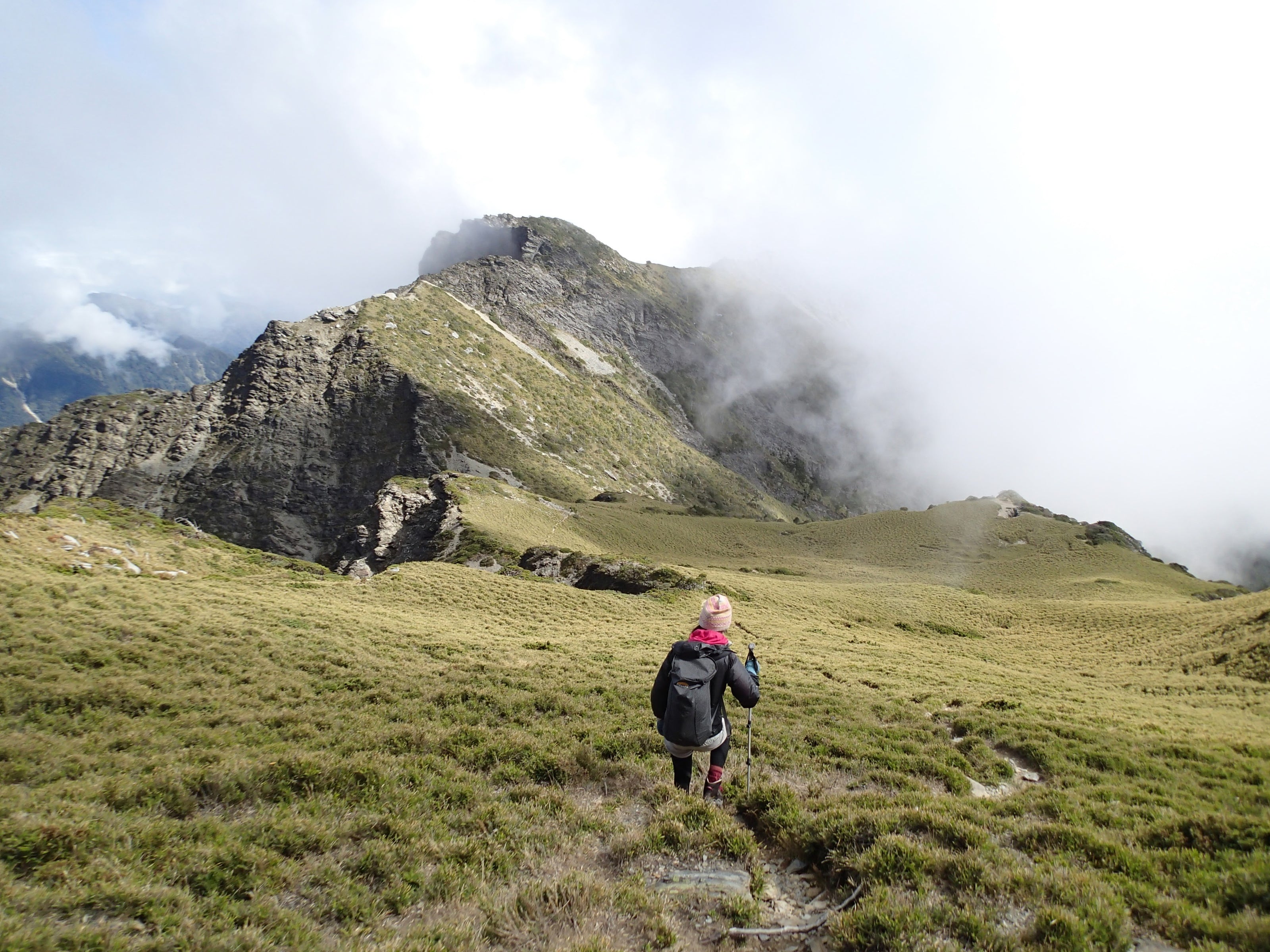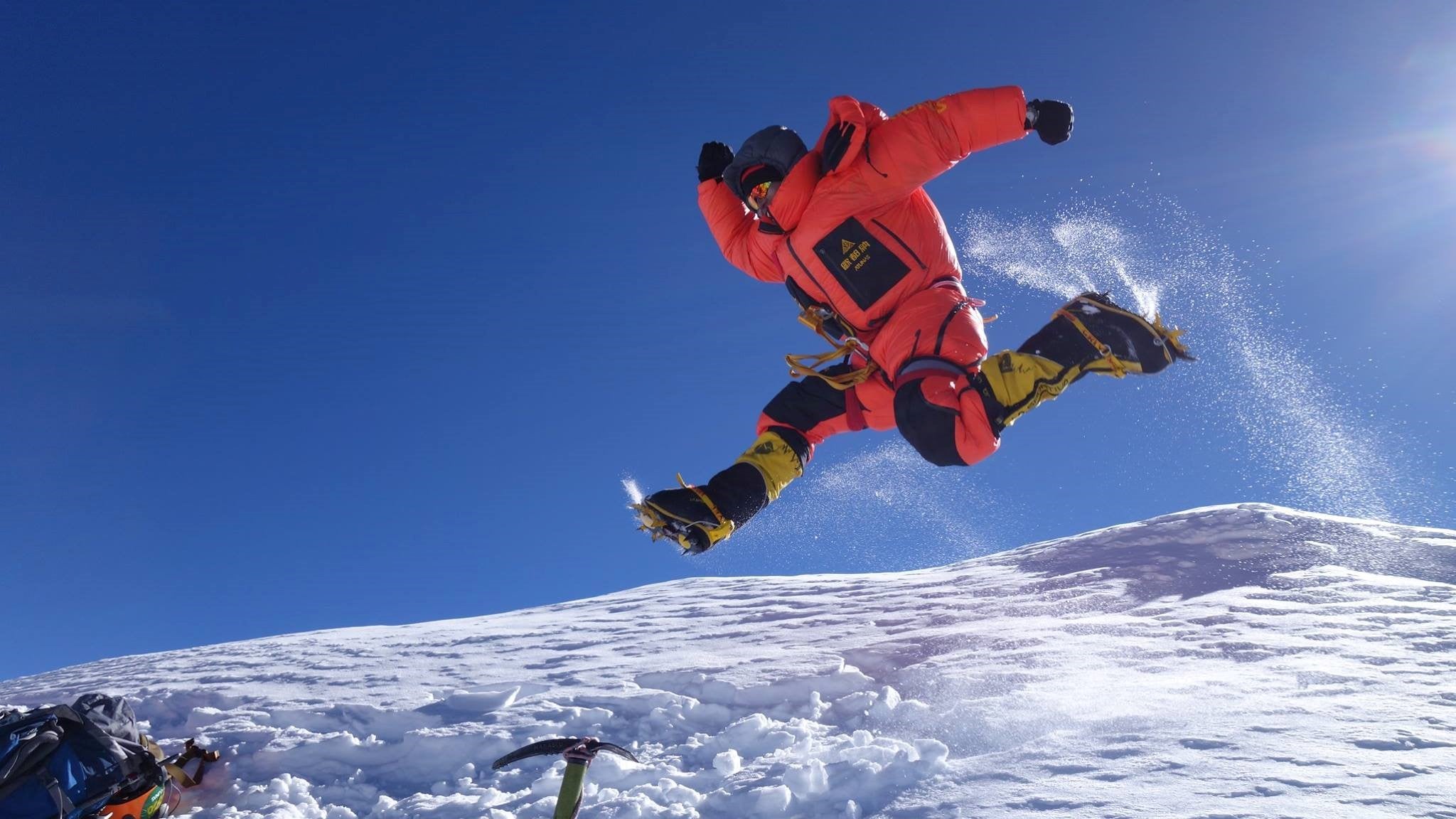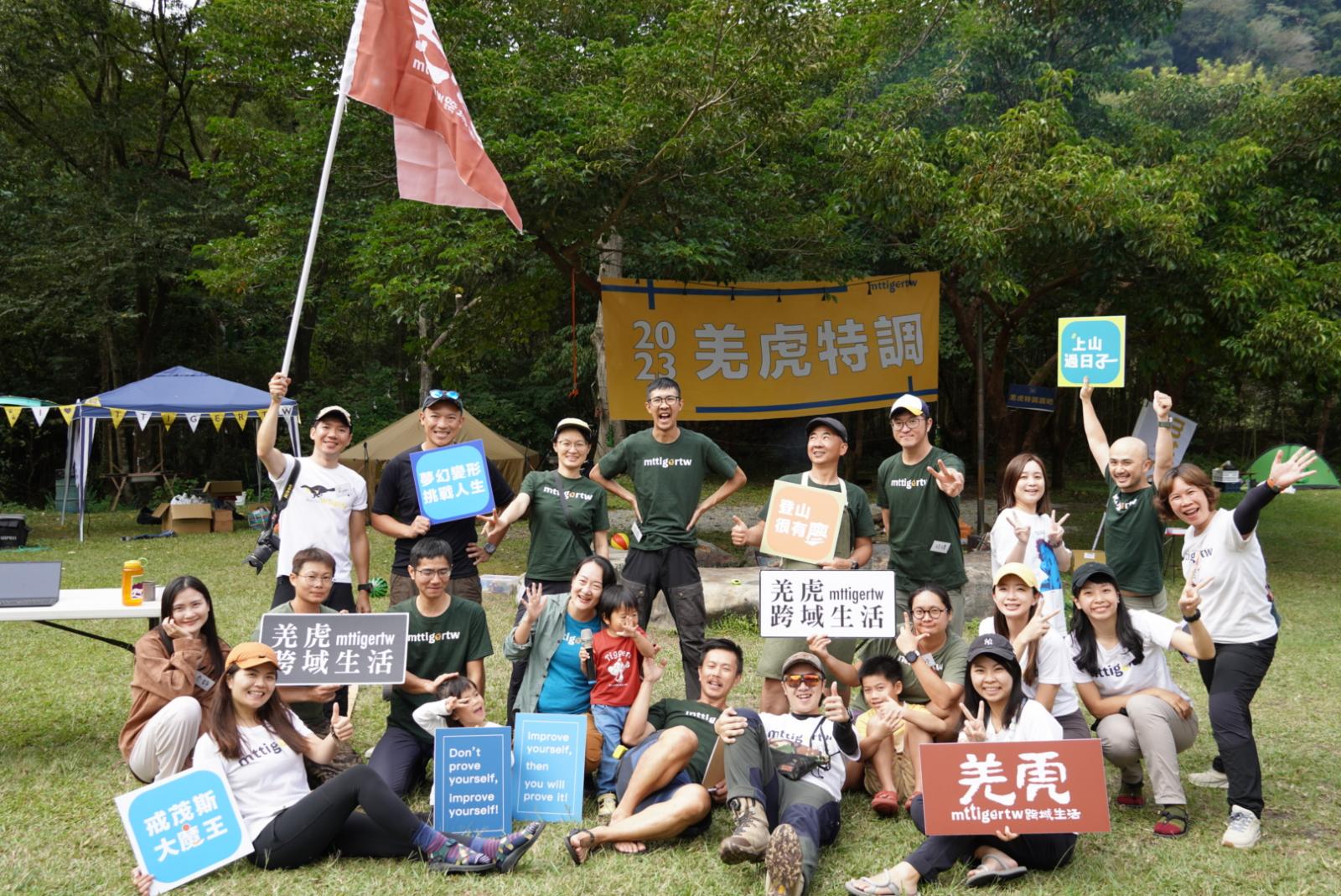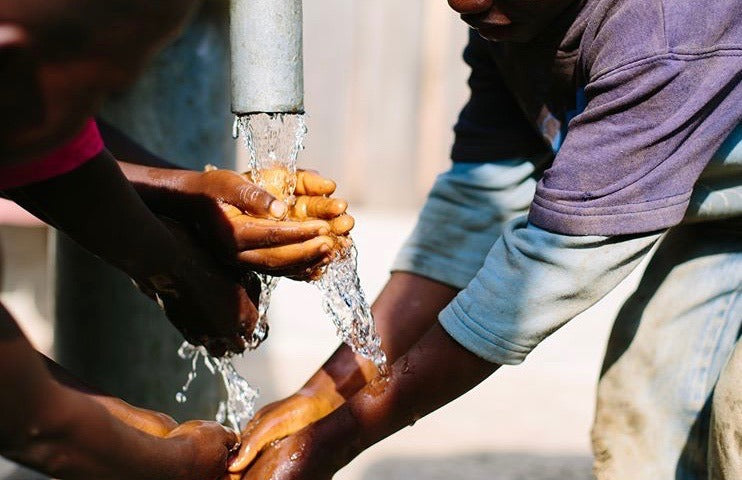Qiang Tiger Column | Don’t leave any cloth strips on the hiking trail?
Qiang Tiger Column | No strips of cloth left?
Author: Huang Yaohe
There are many examples to show that GPS tracks cannot completely replace the role of cloth strips. Based on my current experience, I would like to put forward a few points worth thinking about.

1. Even if the signal reception is good, the track record will have slight differences due to different receivers (mobile phones). The GPS track (recorded by others) you downloaded at the beginning can only be used as a reference, and it is difficult to completely match it.
2. Continuing from the above, walking on a trail with a clear path, if you insist on following other people's tracks, you will find that many times you may have to cut off the trail, but you won't, you will still follow the path, you know Walking on the path is very efficient and takes less effort and time.
3. Following 2, when encountering a fork in the road, no matter what kind of fork it is, the fork between the trail and the trail, the fork between the trail and the animal trail, the fork between the trail and the exploration road, the fork between the trail and the water pipe maintenance road, For intersections between the trail and the urinary tract, ridge turning points, etc., it is very useful to refer to the track recorded by others. Even if you know that it may be offset, the general direction will not be too different.
4. Following 3, road strips or road indicators can replace the role of GPS track records at this time. In fact, modern routes have slowly replaced cloth instructions. Leaving marks is an ancient practice. The more primitive method is to stack stones, carve wood, or climb leaves and branches (for temporary use).
5. The above discussion is only when the trail is clear (or you know the difference between human footprints and the original mountain landscape). If you need to enter or come out of an uninhabited area, no one will leave a GPS. Track, even if you have a map compass or electronic paper and use it to confirm the direction of your destination, you still need to spend more time looking for gaps between vegetation and what your ability (including tools) can pass terrain. Spending more time is the point.

6. If someone has walked this route (not a path) a long time ago and left marks (road strips, notches, tracks), it will definitely have positive reference value (does it need to be said), but it will definitely have negative value. influence.
7. It’s better to explain the positive reference value. In my mind, the road signs are mainly used to guide the way (direction) to go, as if to say: follow me! ! ! You can save yourself a lot of unnecessary trouble. You can find relatively loose ones in dense arrow bamboo. When encountering a big fallen tree, should I go around left or right or climb up the tree trunk? You can tell me the lower cutting point before cutting off the edge. You can choose between two parallel edges. Choose left or right.
8. The negative effects are worth discussing. Finally, we come to the topic of "leaving no strips behind". Let's not talk about the issue of environmental waste here (it is also a problem but let's not digress). The road strips can guide the direction and save people behind to find it. Good roads with big gaps and no role of terrain. However, human nature will inevitably lead to the evolution of strange species (which can only follow cloth strips), and that would not be OK unless someone keeps updating the route and the road conditions for easy walking. But is it possible?

9. Following 8, assuming that at least one team updates the route's road rules every year, and even guides more efficient passing points, blindly following the road rules will not cause much problems. Moreover, this route is expected to become a clear trail. With the hard work of the Big Sword Team, the secret realm will no longer be a secret realm! This is one of the negative effects that I personally think.
10. Cheng 8, if no one updates the road for several years, the vegetation will change, the trees will grow and fall, the arrow bamboo will die and re-grow, the miscanthus is also a thorny plant, the stones will collapse, and the slopes will collapse. It will slide, the road that was previously considered easy may become difficult to walk (newly fallen wood, etc.), and the road that was considered difficult may become easy to walk (miscanthus disappears). Then will you still follow?
11. Cheng 8, is it possible that the team that tied the road in the first place is basically strong (through ability), and they can survive, how about you?

12. Following 11, is there another possibility? The team that was originally tied to the road was completely weak (judging from the map) and kept following you around. I don’t know if it was deliberately accumulating daily steps. Yes, do you still want to keep up?
In conclusion, I am grateful for the road lines left by my predecessors (sincerely), but to avoid letting the abilities of future generations deteriorate too quickly, I still choose not to tie the road lines, unless there are more important work needs (rescue, investigation) etc.).
 "Cross-border life of Qiang and tigers: combined with the concept of mountaineering education, through rich practical courses and professional guidance, we help mountaineers gradually establish outdoor safety awareness and skills, so that everyone can confidently face challenges in the mountains and forests. At the same time, we advocate the conservation of the natural environment It is our responsibility to pass on our love and respect for mountains and wilderness to more people, and realize a complete journey of cross-domain learning and experience.”
"Cross-border life of Qiang and tigers: combined with the concept of mountaineering education, through rich practical courses and professional guidance, we help mountaineers gradually establish outdoor safety awareness and skills, so that everyone can confidently face challenges in the mountains and forests. At the same time, we advocate the conservation of the natural environment It is our responsibility to pass on our love and respect for mountains and wilderness to more people, and realize a complete journey of cross-domain learning and experience.”




